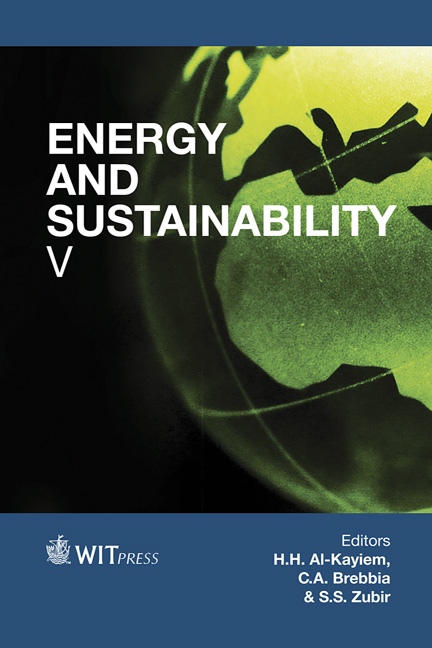Impact Of The Envelope Design Of Residential Buildings On Their Acclimation Energy Demand, CO2 Emissions And Energy Rating
Price
Free (open access)
Transaction
Volume
186
Pages
12
Page Range
387 - 398
Published
2015
Size
1,167 kb
Paper DOI
10.2495/ESUS140331
Copyright
WIT Press
Author(s)
M. Carpio, A. García-Maraver, D. P. Ruiz, M. Martín-Morales
Abstract
Building envelopes are the part of the buildings most exposed to the inclement weather and thus have significant impact on the energy performance as a consequence of higher thermal transfers produced. Therefore, new solutions for building envelopes are required as a way to save energy in residential buildings. In this regard, the European Directives 2002/91/EC and 2010/31/EU on Energy Performance of Buildings (EPBD) have laid down the application of minimum requirements to the energy performance of building elements that form part of the envelope. Designers require, in the early stages, a method to obtain information about the energy performance of the building, as design decisions made at this stage might compromise the performance of the final design. Among the possible energy-savings solutions the most effective are not only those related to the construction design but also those that consider constructive materials with low thermal transmittance. Consequently, the objective of this study is to analyze and compare, by means of energy simulations, different constructive solutions applied to the building envelopes in terms of construction design and constructive materials. The results obtained showed that the energy demand and CO2 emissions of residential buildings can be reduced by 60% and 95% respectively when constructive solutions with low U-values are implemented. These reductions make also possible the enhancement of the energy rating of the buildings.
Keywords
envelope, energy rating, buildings, CO2 emissions





